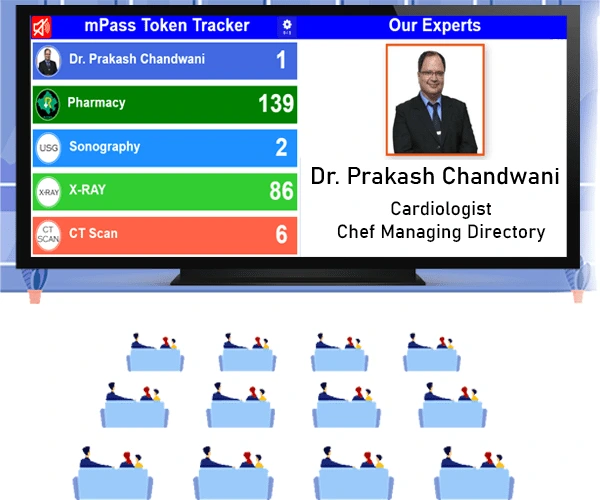

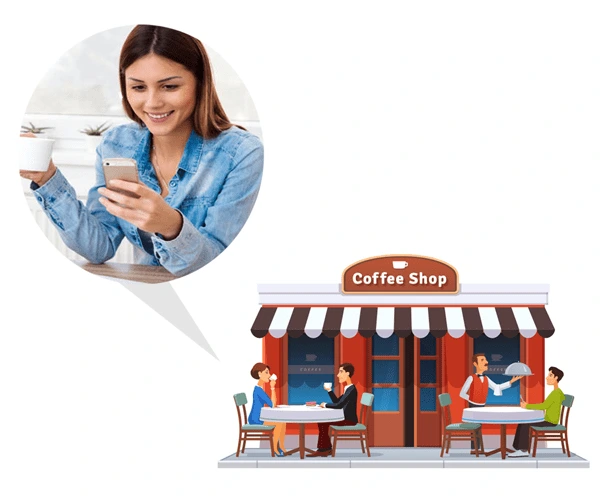
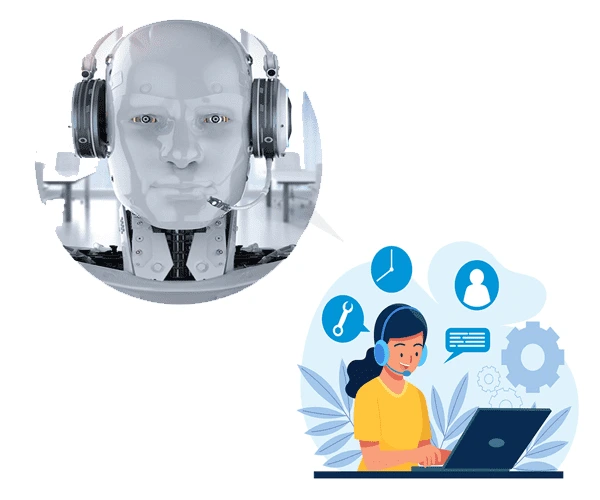
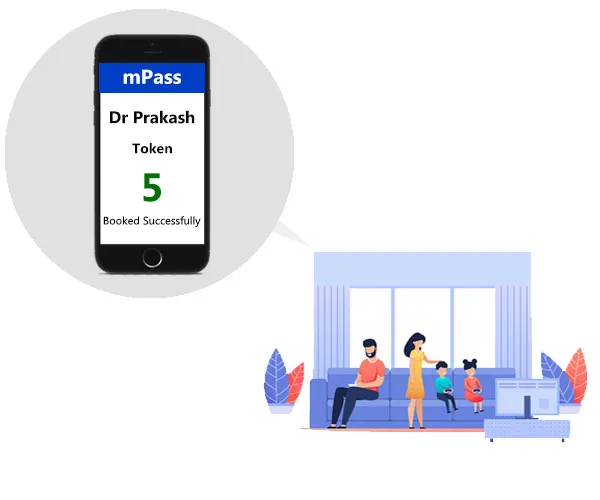
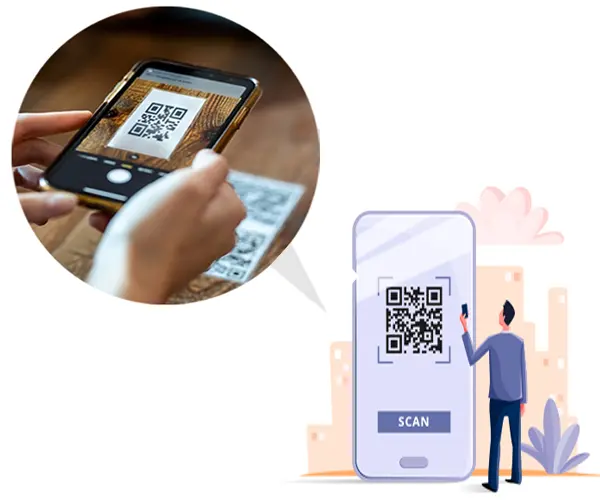
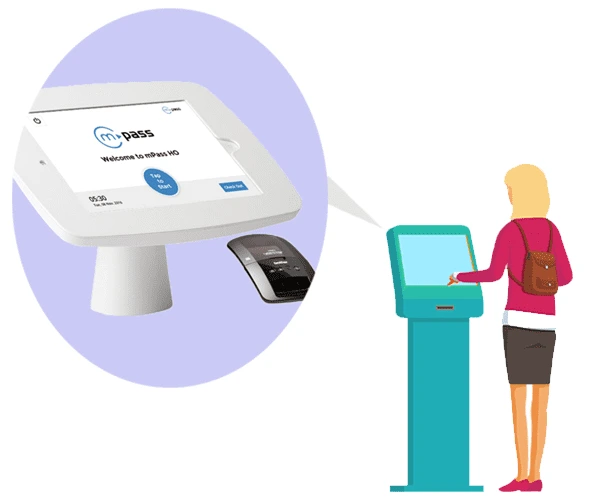
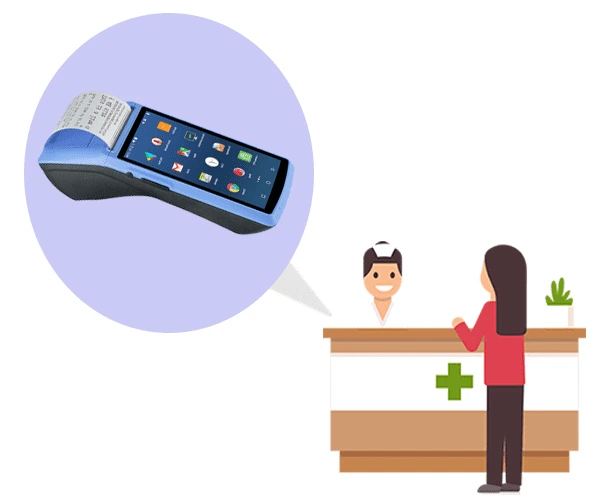
A patient journey mapping, which is also referred to as a healthcare customer journey map, is a comprehensive guide that outlines all the interactions that a patient undergoes during their treatment journey at a healthcare facility. It covers every aspect of the patient's experience before, during, and after their visit to the hospital.
By utilizing patient journey mapping, healthcare providers can gain a visual representation and a holistic understanding of a patient's care journey. This, in turn, enables hospitals to provide a seamless experience to patients and reduce their pain points. Patient journey mapping facilitates the identification of pain points and potential areas that require more attention.
Furthermore, patient journey mapping offers healthcare providers the opportunity to discover areas where improvements can be made and to explore new avenues for innovation. Ultimately, the goal is to create a more positive experience for patients and to enhance the overall quality of care.
1. Onsite Kiosk
When you reach the hospital, you can book your appointment with the help of an onsite Kiosk to consult the doctors.
2. Booking Tokens through QR Code Scanning
You can book tokens by scanning the QR code, ensuring protection from infections.
3. Virtual Receptionist 24*7
A virtual receptionist is available 24*7 to book your tokens immediately. You need to call the hospital on a phone number, and the receptionist can do all your bookings virtually without any worry.
4. Token Update Device
A Token Update Device, or TUD, is an easy user-centric device that updates patients’ token numbers.
5. Tracking Token Numbers
The patient journey requires a virtual system that facilitates the tracking of your token numbers while waiting at the lounge. In the waiting lounge, patients can watch the live updation of tokens on TV.
6. Remote Token Booking
mPass gives patients the facility to book their tokens from the convenience of their homes using WhatsApp and WebApp.
7. Live Tracking of Tokens
After booking your tokens remotely from home, mPass provides an effective queueing system from which you can track the number of tokens through digital media.
8. Publicity through Digital Media
In the waiting lounges, hospitals installed TVs that display the profile of doctors along with their specialization and years of experience. Short videos of the achievements of hospitals are also displayed on TV to guarantee publicity of hospitals through digital media.
When a patient starts his or her journey from home to reach a hospital, he or she can first encounter the reception. mPass facilitates all the patients to book their tokens either through an onsite Kiosk or a QR code scanner device.
After booking tokens, patients will proceed further to the reception lobby area, where the receptionist offers billing registration services to all patients. After the successful registration of the patients, they need to wait for their token numbers to come into the waiting lounge. In this area, patients can watch the live updation of their token number on TV.
When your token number is displayed on TV, you can take the consultation from the doctor and will proceed further to the radiology lobby if required. In the radiology reception, you will find radiology labs for tests. From the blood test room and sonography room to X-Ray and MRI room, patients can get tested as prescribed by the doctor. Then, they can further approach doctors with test reports. After analyzing the test reports of patients, doctors prescribe medicines to treat the sufferings of the patients. They need to proceed to the pharmacy lobby and receive the prescribed medicines. With this, your patient journey ends through seamless patient journey mapping.









The reception lobby area is likely the first point of contact for patients when they arrive at the hospital. Patients can fulfill the formalities of registration, schedule appointments with the doctor, and pay the desired fees for the consultation. After this, they will encounter a live token tracker device that will display the token number gone for the doctor’s consultation. When the previous patient comes out from the doctor’s room, a token update device updates the token number. Then, the patient registered with that token number can go for the consultation. This is how the patient journey mapping can be made seamless.
A radiology lobby is a waiting area that is typically found within a medical healthcare facility or hospital where radiology services are provided. Radiology is a medical specialty that uses advanced imaging techniques such as X-rays, sonographies, MRIs, and ultrasounds to diagnose and treat the medical conditions of patients.
The radiology lobby is designed to provide a comfortable and calming environment for patients who are waiting for their radiology appointment. In the radiology waiting lounge, patients can wait for their token numbers to be displayed on TV or for information to be passed to publicize the facilities of the hospital or the profiles of doctors. You will find a blood test room, sonography room, MRI room, X-Ray room, and other examining rooms to examine the diseases of the patients. After the diagnosis, the patients further proceed to the doctor’s rooms. The doctors then prescribe medicines to patients as a part of their treatment.
The pharmacy lobby is the last touch point of the hospital where patients buy the prescribed medicines. To manage the high in-flow of patients in the hospital, mPass streamlines patient journey mapping by offering an onsite Kiosk that will display information about the facilities provided by the hospital. This is the perfect option to publicize the achievements accomplished by the hospital, along with the description of the doctors’ specializations. Patients can also track the live updation of token numbers, and when their token number has been displayed on TV, they can proceed to the pharmacy shop and can receive the medicines. In this way, the whole patient journey can be made seamless and effective with a vision to provide the best care facilities to the patients.
The one-time hardware pricing for an advanced mPass virtual queuing system can vary depending on the type and range of hardware selected. Typically, the price can fall in the range between 30k and 100k rupees which is equivalent to approximately 375$ to 1,250$.
On average, the cost per installation for mPass virtual queuing system is approximately 2 Indian Rupees or 2.5 US cents per token, depending on the number of counters in the lobby. Alternatively, customers can opt for a monthly subscription ranging from INR 7500 ($100) to INR 15000 ($200) per installation for up to five counters in a single lobby.
In cases where there are more than 500 OPDs per day and seating is spread out across multiple locations, the initial hardware costs may exceed the aforementioned range. However, opting for a centralized seating arrangement could help to lower hardware costs.
Patient journey mapping is a powerful mapping that offers healthcare providers with valuable insights into patients' experiences throughout their care journey. It offers a comprehensive overview of the patient flow and provides detailed insights into each touchpoint of the journey.
These insights are invaluable to healthcare providers as they enable them to develop effective strategies to improve the quality of care, increase efficiency, and enhance patient satisfaction. By pinpointing areas where patients may encounter challenges or pain points, healthcare providers can take proactive measures to improve the patient experience and ultimately achieve better patient outcomes. Patient journey mapping allows healthcare providers to focus on providing patient-centred care, which is essential in today's healthcare landscape.
A patient journey is a comprehensive account of a patient's experience that covers everything from the moment they book an appointment to after they receive treatment. Throughout their journey, patients go through a series of touchpoints, which typically include:
The patient journey begins before the patient even arrives at the medical facility. This includes activities such as booking an appointment, selecting a service, finding the location, and reserving a place in the queue.
Upon arrival, patients have two options to check-in - through a self-service kiosk or reception, where a staff member assists with the check-in or registration process. Patients usually wait in a queue until they are called for treatment. This is where virtual queuing can improve the patient experience by allowing them to wait remotely and receive updates on their wait time. The treatment itself is often referred to as a service where the patient is seen by a medical staff member with the appropriate skills for their needs and medical history.
The post-visit, or patient retention phase, is a crucial aspect of the patient journey that is often overlooked. Gathering patient feedback is essential to gain insights into their actual experience and satisfaction levels. This input can be used to improve the patient journey mapping, resulting in a better patient experience, higher quality of care, and improved process efficiency in the healthcare facility.
Patient journey mapping plays a crucial role in enhancing patient experience by providing clear communication, reducing uncertainties, and setting expectations for the patients. By gaining a deep understanding of patient experience and requirements, healthcare providers can create personalized and satisfactory experiences for patients.
Moreover, patient journey mapping offers invaluable insights into the patient experience from their perspective, which is highly valuable for healthcare professionals and hospital management. This information helps staff identify gaps in the process, areas for improvement, and opportunities for innovation. With these insights, healthcare providers can allocate their budget wisely, plan solutions to increase efficiency, and improve the quality of care offered to patients.
Patient journey mapping offers a multitude of benefits for both patients and healthcare providers. Some of the key benefits of patient journey mapping are explored:
Providing seamless and uninterrupted care for patients can be a challenge due to various factors such as technology, resources, or other circumstances. However, patient journey mapping enables care providers to identify these gaps and work on solutions to ensure a smooth and hassle-free patient journey.
In healthcare, silos can occur at any point in the journey of a patient, from booking an appointment to discharge or follow-up. These blind spots can result in negative patient experiences. However, a well-designed patient journey mapping enables care providers to actively identify and address these issues, thereby removing flaws and ensuring a seamless patient experience.
A healthcare journey map can eliminate uncertainties and inconsistent communication between patients and care providers. This can significantly improve the patient experience as patients will have a clear understanding of what to expect. Moreover, clear communication between care providers can improve the quality of treatment provided to the patient. Regular information updates can foster better communication and build trust between patients and care providers.
By creating a patient journey mapping, healthcare providers can easily spot problems that patients may encounter throughout their journey and work on finding effective solutions to reduce or eliminate them. This can result in a significant reduction in pain points for patients, resulting in a smoother and more positive patient experience.
When patient journeys are clearly mapped, it can optimize processes and streamline workflows, leading to more efficient healthcare delivery. With a clear insight into the patient journey, staff members can anticipate and proactively solve problems, which can lead to fewer interruptions and delays. This, in turn, can lead to a more satisfactory quality of care, higher patient satisfaction, and improved staff morale.
When the patient journey is mapped out, and all the touchpoints are identified, staff members can focus on specific areas for improvement, which in turn, leads to increased efficiency. Clear communication between staff and patients reduces the likelihood of unnecessary delays, while optimized workflows ensure patients receive the necessary care in a timely and efficient manner.
By using patient journey mapping, care providers have access to insights into the care journey, including patient journey data and feedback. This allows them to continuously analyze and improve care processes, ensuring that patients receive the best care possible.
There are various ways to book tokens using mPass advanced virtual system.
• Patients can scan the QR code installed in the hospitals or book tokens through the mPass walk-in screen.
• Alternatively, patients can also schedule appointments from e-Token dispenser devices installed at the reception.
• The tokens can also be booked by the receptionist in case patients are facing any difficulty in operating mPass advanced virtual system.
• There is a 24/7 Virtual Receptionist available on a phone number for booking tokens under a paid module.
• Patients can also access the link of token booking through WhatsApp.
mPass primarily offers an E-Token Dispensing device or machine to all its healthcare providers. This machine helps patients to schedule their appointments with doctors in the hospitals electronically.
mPass facilitates patients to book their tokens through a machine called an E-Token dispenser in a single step. They simply need to enter their phone numbers into the dispenser device, and their tokens will be booked automatically.
Using several features included in the virtual queuing system, patients can track their token numbers.
• Patients get a link after they book their tokens remotely. They will receive this link as an SMS on their verified mobile numbers. With this link, patients can track their token numbers.
• When at the hospital, patients can also track tokens with the help of a mPass schedule – a TV display or a web app.
Multiple counters in the same hospital is a paid module. You can install multiple kiosks or web dashboards in the waiting lounge or in the radiology lobby.
Within a few minutes, the mPass counter can be installed and run easily. Healthcare providers need to place a QR code scanner machine in reach of the patients so that they can start generating tokens.
In this video, we will explore the patient journey in healthcare, including the process of patient journey mapping. You will see the importance of understanding the patient experience and how it can be improved with the help of mPass patient queue management systems and patient journey. Learn how healthcare organizations use patient journey mapping to create a more seamless experience for patients, from their initial hospital visit to discharge. Discover how mPass has used technology to reduce the wait times in hospitals and provide insights into the patient journey and how our hospitals have used the mPass services to reduce wait times and queues.